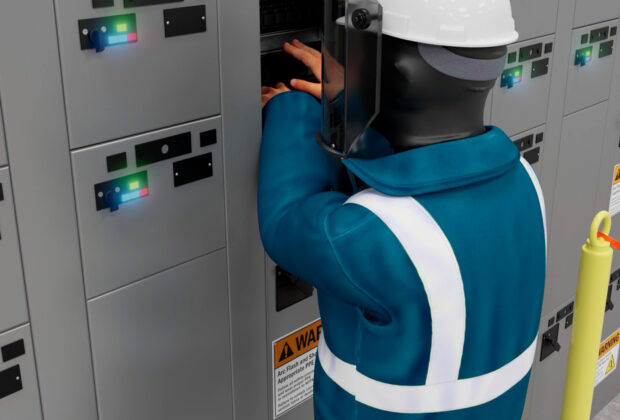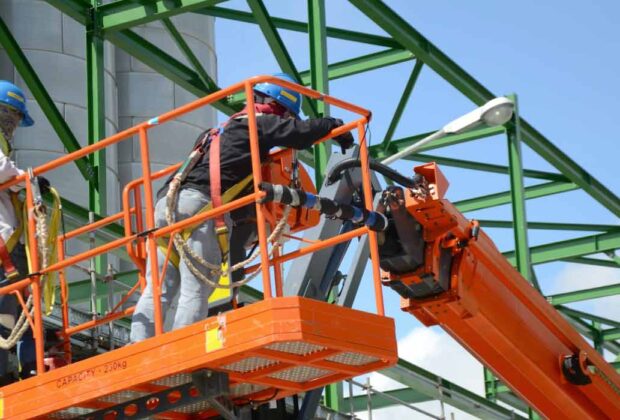The ever-changing landscape of the safety industry in Canada is constantly evolving to protect Canadian workers and their families.
The changes introduced to safety laws and regulations across the country in the last 100 years have led to Canada having world-renown working environments and safety practices.
To ring in the 2020’s, Danatec by We Know Training is re-capping changes made to varying industries across the country and looking at how workplaces have adapted to keep their workers safe.
Working in a confined space in today’s safety focused environment can still be a dangerous task to undertake. Confined space work environments greatly increase the risk of workplace accidents occurring, but thanks to advancements in safety procedures and equipment those risks are greatly mitigated in modern workplaces. This was not true for Canadian workers in the 1920’s, however; who were commonly exposed to often treacherous, confined spaces.
Canadian Mining and Confined Space Work
Mining has had a long history of being a notoriously dangerous profession. In the early days of the 20th century, very few regulations and no overarching government or private body monitored the safety of Canadian miners and other confined space workers.
Canada emerged as a world-leading producer of a wide range of minerals and metals found in Canadian mines in the early 20th century, and this increase in demand often lead to increasingly dangerous conditions. An example of this increase is the production of Nova Scotia coal – which increased from just over one million tonnes in 1880, to more than seven million tonnes in 1913.
Confined space workers such as miners often found themselves working in archaic environments with little to no safe work practices or protections.
Combustible dusts and gasses often filled mines posing a great fire and breathing risk to workers. Major coal mining accidents took the lives of dozens of miners in the early 20th century. Below are some of these deadly incidents.
- Drummond mine in Westville, Nova Scotia in 1873 (more than 60 dead)
- British Columbia in 1887 (150 dead)
- Hillcrest, Alberta in 1914 (189 dead)
- Nova Scotia in 1891 (125 dead)
- Nova Scotia in 1956 (39 dead)
- Nova Scotia in 1958 (74 dead)
Child labour was also a common practice in the coal mining industry until compulsory schooling laws began to eradicate the practice in the 1920s.

Modern Confined Space Safety Practices
The Canadian Government has continuously strived to increase worker safety when dealing with confined space environments. The nature of confined space work means extra care and precautions are needed to ensure safe working conditions are always present.
The implementation of safer working conditions for miners and confined space workers in Canada has been an ongoing process since the early days of the 20th century and continues to be at the forefront of safety evolution.
A major milestone for confined space workers in Canada was in 1974, when a group of miners in Northern Ontario went on strike to protest unsafe working conditions and produced a report outlining needs for safer working environments.
The Report of the Royal Commission on the Health and Safety of Workers in Mines (The Ham Report) made more than 100 recommendations concerning mine health and safety and also about the administration of health and safety. This report advocated for the creation of joint labour-management health and safety committees, with worker members. These recommendations had a significant effect on the content of the Occupational Health and Safety Act that was passed in Ontario in 1978.
Also in 1978, the Canadian Centre for Occupational Health and Safety (CCOHS) was created by an Act of Parliament.
With the introduction of safer working practices and safety regulations, the rate of work-related injuries in Canada has been declining since 1988 –from 40 injuries among every 1,000 workers in 1988 to 20 per 1,000 in 2006.



Comments are closed.